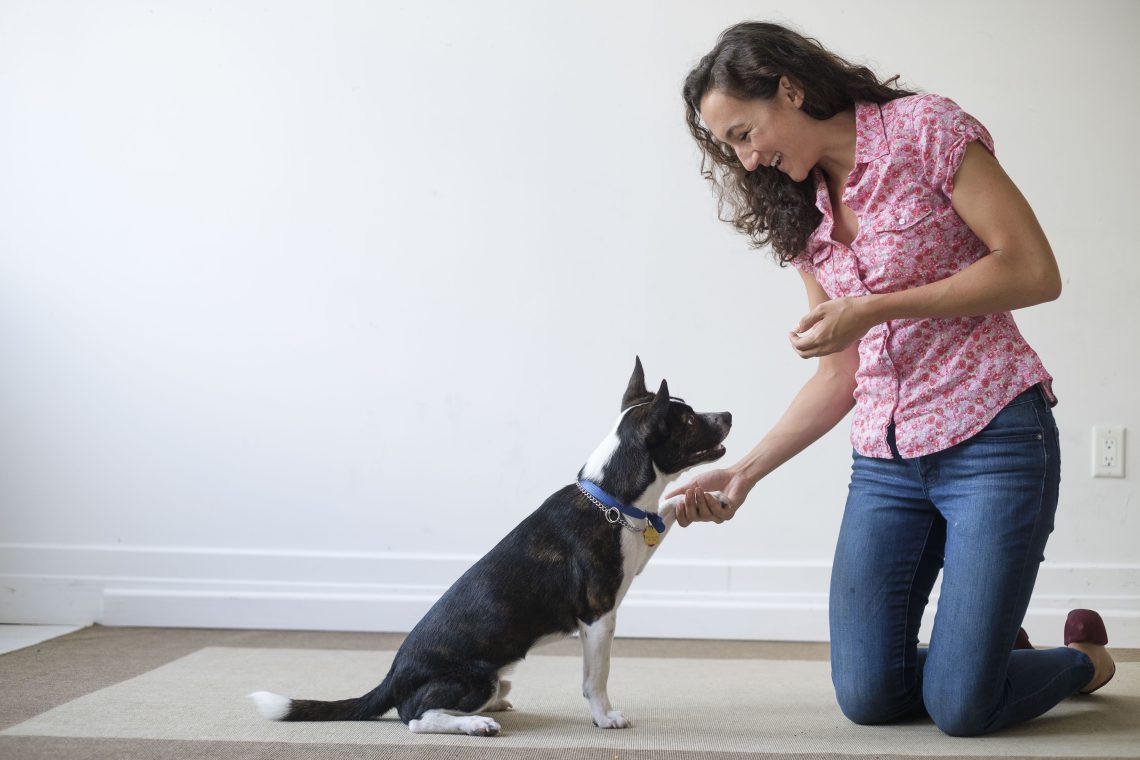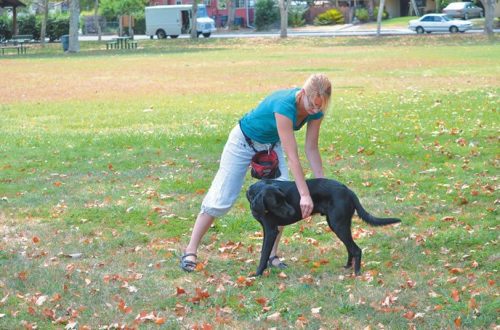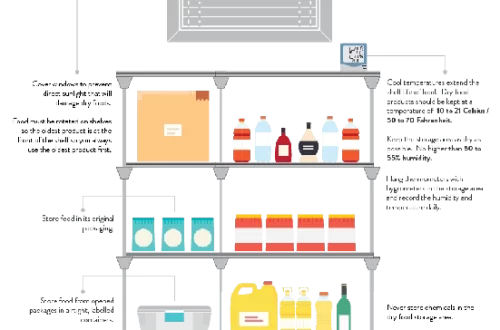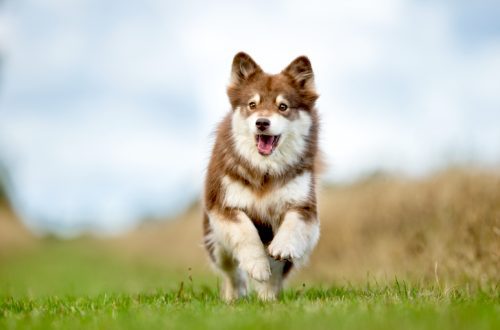
Faʻafefea ona tausia se taifau usitaʻi: o se aʻoaʻoga muamua
Mataupu
Basic commands for an obedient dog
Basic lessons that ensure the safety of the dog and the peace of others: “To me”, “Next”, “Fu”, “Place”, “Sit”, “Lie down”, “Give”. Further wisdom is up to you, the dog’s intelligence allows you to master many things. But the basic commands must be carried out unquestioningly and in any situation.
au | tofi | tulaga |
nofo | Brake command | Meeting friends for a walk |
Le pepelo | Brake command | Transport trips |
I tafatafa | Ease of movement | Crossing the street, moving in a large crowd |
mea | Exposure, restriction of movement of the dog | The arrival of guests, couriers to the house |
Mo aʻu | Safe walking | Prevent the dog from escaping |
E le tatau | Termination of unwanted action | Daily use (you can not approach something, sniff, etc.) |
Fu | Emergency (the dog grabbed something on the street) |
Command generation
There are several methods for issuing commands. Basic: conflict-free and mechanical. Each of them has the right to exist, but it is best to combine them correctly.
Nofo fa'atonu
Conflict-free method1. Take a handful of treats, offer a piece to the dog. She will understand that something cool is waiting for her ahead.2. Call the dog by name, say “Sit”, hold the treat up to your nose and move it slowly up and back behind the dog’s head. The hand should move near the head.3. Following your hand and treat with its nose, the dog will lift its face and sit down. No magic, pure science: anatomically, a dog is not able to look up while standing.4. As soon as the dog’s food touches the ground, immediately praise it and immediately treat it.5. If it doesn’t work the first time, don’t worry. Even slight flexion of the hind legs should be rewarded.
Reward exactly at the moment of squatting or bending the legs, and not when the dog gets up again – otherwise the wrong actions will be rewarded!
6. If the dog rises on its hind legs, the treat is too high. Steps back – do the exercise in the corner or use the helper’s legs as a “wall”. Replacing the lure with a gesture
- Stock up on treats, but this time keep the treats in your pocket. Feed your dog one bite.
- Call the dog’s name, say “Sit”, bring your hand (without treats!) to the dog’s nose in the same motion as before.
- Most likely, the dog will sit down, following the hand. Praise and treat immediately.
- Enter gesture. Give the “Sit” command while simultaneously raising your arm, bent at the elbow, palm forward, to shoulder level with a quick wave. As soon as the dog sits, immediately praise and treat him.
Metotia fa'ainisinia
- The dog should be on your left. Keep her on a short leash. Turn around, command “Sit”. At the same time, pull the leash up and back with your right hand, and with your left, gently press on the croup. The dog will sit. Feed her. If the dog tries to get up, repeat the command, gently press on the croup. When she sits down, treat her.
- Make the exercise harder. Having given the command, slowly begin to step aside. If the dog tries to change position, repeat the command.
“Down” command
Conflict-free method
- Call the dog, ask to sit down, reward.
- Let sniff one more piece, say “Lie down”, lower the yummy to the ground, between the front paws. Do not let the dog grab it, cover it with your fingers.
- As soon as the dog lowers its head, slowly push the piece back and it will lie down. Praise, treat.
- If it doesn’t work the first time, praise your dog for even the slightest attempt. It is important to capture the exact moment.
- If you didn’t have time and the dog tried to get up, remove the treat and start over.
- As soon as the dog learns to follow the command for a treat, replace the bait with a gesture.
Most likely, at first, the dog will try to get up, and not lie down. Don’t scold her, she just doesn’t understand what you want yet. Just start over and repeat the exercise until the dog gets it right.
Replacing the lure with a gesture
- Say “Sit”, treat.
- Hide the treat in your other hand. Command “Down” and lower your hand WITHOUT TREATS down, as you did before
- As soon as the dog lies down, praise him and treat him.
- After repeating the exercise several times, enter the gesture command. Say “Lie down” and at the same time raise and lower the arm bent at the elbow, palm down, to the level of the belt. As soon as the dog lies down, praise and treat.
Metotia fa'ainisinia
- The dog sits to your left, on a leash. Turn towards her, get down on your right knee, say the command, gently press on the withers with your left hand, gently pull the leash forward and down with your right. You can lightly run your right hand over the front legs of the dog. Hold briefly in a prone position, holding with your hand and rewarding with praise and a treat.
- Once your dog has learned to lie down on command, practice self-control. Give the command, and when the dog lies down, slowly move away. If the dog tries to get up, say “Down” and lay down again. Reward each execution of the command.
“Next” team
Conflict-free method The Near command is quite complex, but it is easier to master if you use the natural need of the dog. For example, food. When the dog has the opportunity to “earn” something especially tasty.
- Take a tasty treat in your left hand and, having commanded “Next”, with a movement of your hand with a treat, offer to take the desired position.
- If the dog stands at the left foot, praise and treat it.
- When the dog understands what is required of him, treat him after a short exposure. Subsequently, the exposure time is increased.
- Now you can move on to moving in a straight line at an average pace. Hold the treat in your left hand and use it to guide the dog. Give out treats from time to time. If necessary, lightly hold or pull the dog on the leash.
- Gradually reduce the number of “feedings”, increase the intervals between them.
Metotia fa'ainisinia
- Take your dog on a short leash. Hold the leash with your left hand (as close to the collar as possible), the free part of the leash should be in your right hand. The dog is on the left leg.
- Say “Near” and move forward, allowing the dog to make mistakes. As soon as she overtook you, pull her leash back – to your left leg. Stroke with your left hand, treat, praise. If the dog lags behind or moves to the side, also correct it with a leash.
- Check how well the team is learned. If the dog veers off course, say “Near.” If the dog returned to the desired position, the command was learned.
- Make the exercise more difficult by commanding “Near” on turns, speeding up and slowing down.
- Then the reception is practiced without a leash.
Place command
- Lay the dog down, place any object (preferably with a large surface) in front of its front paws, pat on it, put a treat on it and at the same time say “Place”. This will draw the dog’s attention to the subject.
- Give the command in a slightly more strict voice, move away from the dog.
- Come back to your dog from time to time and give him a treat. In the beginning, the intervals should be very short – before the dog decides to rise.
- Gradually increase the time. If the dog gets up, it is returned to its place.
Team “To me”
Conflict-free method
- Call the puppy (first at home, and then outside – starting from a fenced area), using the nickname and the command “Come to me”.
- Then approach, praise the dog, treat.
- Do not let the dog go right away, keep it near you for a while.
- Let the dog go for a walk again.
After the command “Come to me”, you can’t punish the dog or take it on a leash every time and take it home. So you teach the dog only that this command portends trouble. The command “Come to me” should be associated with positive.
Metotia fa'ainisinia
- When the dog is on a long leash, let it go a certain distance and, calling by name, command “Come to me.” Show a treat. When the dog approaches, treat.
- If your dog is distracted, pull him up with a leash. If it approaches sluggishly, you can pretend that you are running away.
- Complicate the situation. For example, call the dog during the game.
- Link the command with a gesture: the right arm, extended to the side at shoulder level, quickly falls to the hip.
- The command is considered learned when the dog comes to you and sits at your left foot.
Commands “Fu” and “No”
As a rule, dogs love to explore the world around them, and this is not always safe. In addition, it is necessary to explain to the pet the “rules of the hostel”. In this case, prohibiting commands cannot be dispensed with. If you caught a puppy at the very moment of committing a “crime”, you must:
- Approach him imperceptibly.
- Firmly and sharply say “Fu!”
- Lightly pat the withers or lightly slap with a folded newspaper so that the baby stops the unwanted action.
Perhaps from the first time the puppy will not understand what exactly caused your discontent, and may be offended. Do not curry favor with your pet, but after a while offer him a game or a walk. Do not repeat “Fu” many times! It is enough to pronounce the command once, firmly and strictly. However, severity is not synonymous with cruelty. The puppy should just understand that you are unhappy. He is not a hardened criminal and was not going to ruin your life, he just got bored. As a rule, forbidding commands are learned quickly. They are considered learned when the dog unquestioningly performs them the first time. Sometimes it is necessary to teach the “Fu” command to an adult dog. Sometimes it’s even simpler: adult dogs are smarter and better able to draw an analogy between misconduct and consequences. But the main rule is unchanged: you can scold a pet only at the moment of misconduct. As a rule, two or three times are enough for the dog to catch on. Sometimes, in response to the prohibition, the dog looks at you questioningly: are you sure that this is really impossible?
General principles of training
- Faasologa
- faʻatulagaina
- transition from simple to complex
It is better to start learning the team in a quiet, calm place where there are no extraneous stimuli. Consolidation of skills occurs already in a complicated environment: in new places, in the presence of other people and dogs, etc. The best time for training is in the morning before feeding or 2 hours after feeding. Do not overwork the dog. Alternate classes for 10 – 15 minutes with rest and practice several times a day. Change the order of commands. Otherwise, the dog will “guess” the next command and execute it without your request, automatically. Learned commands should be periodically refreshed in the dog’s memory. A representative of any breed needs to feel loved and needed. But at the same time, he must not be allowed to climb up the hierarchical ladder – and he will try! Any manifestation of aggression must be met with discontent on your part!
General Principles of Dog Punishment
- Faʻaauau What is forbidden is always forbidden.
- Faʻafetaui – without aggression towards the dog, in accordance with the size of the pet.
- Faanatinati – immediately at the moment of misconduct, in a minute the dog will no longer understand.
- Mafuaʻaga The dog must understand what he did wrong. It is impossible to punish, for example, for the fact that the dog looked in the wrong direction.
The main mistakes of a novice trainer
- Lethargy, indecision, uncertain commands, monotony, lack of perseverance.
- Non-stop pronunciation of the command (sit-sit-sit) if the dog did not comply with the first word.
- Changing the command, adding extra words.
- Too frequent use of the “Fu” and “No” commands, supported by a strong influence, it frightens the dog, makes it nervous.
- Punishment of the dog or other unpleasant actions after the command “Come to me”. This team should be associated exclusively with positive events.





